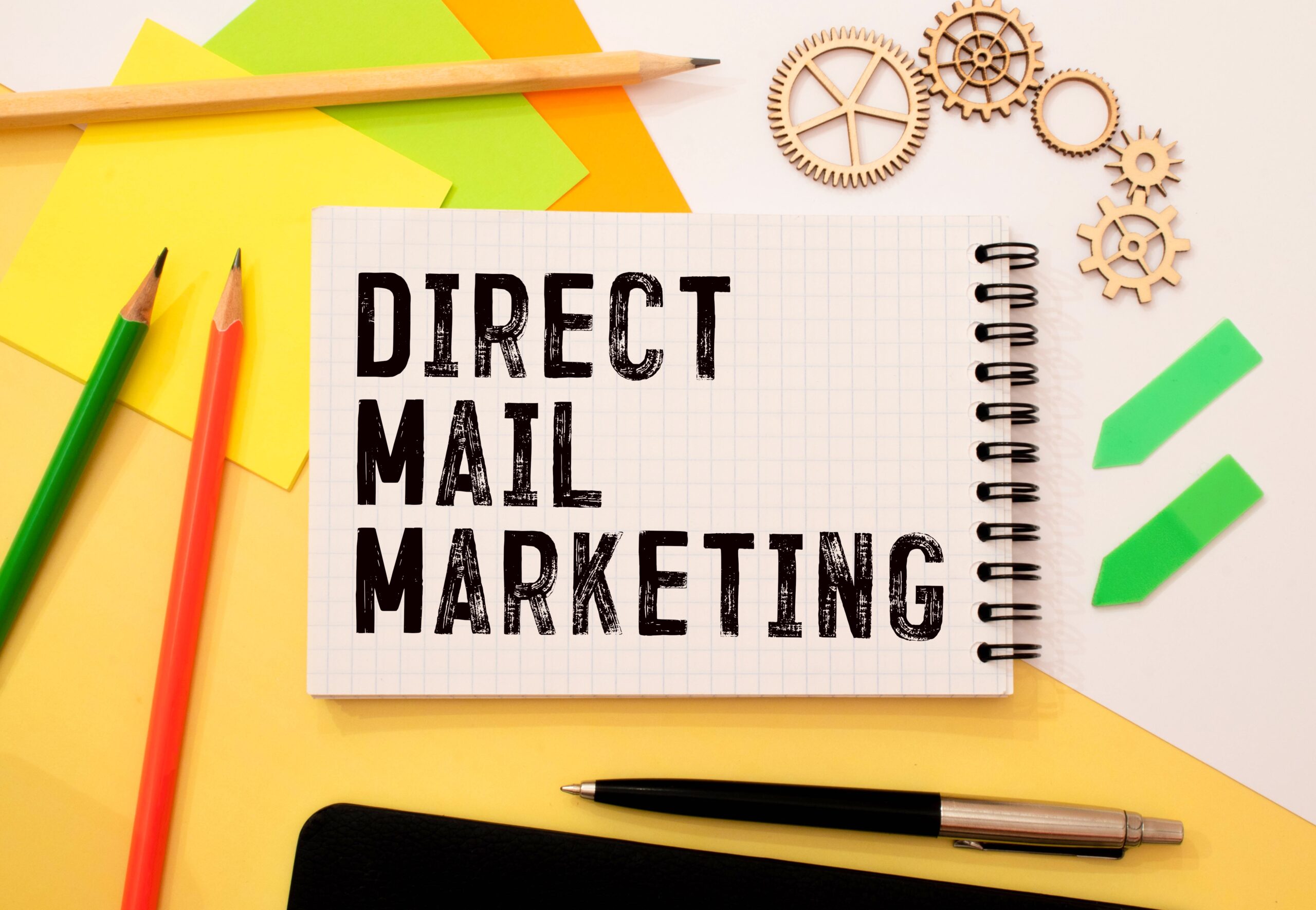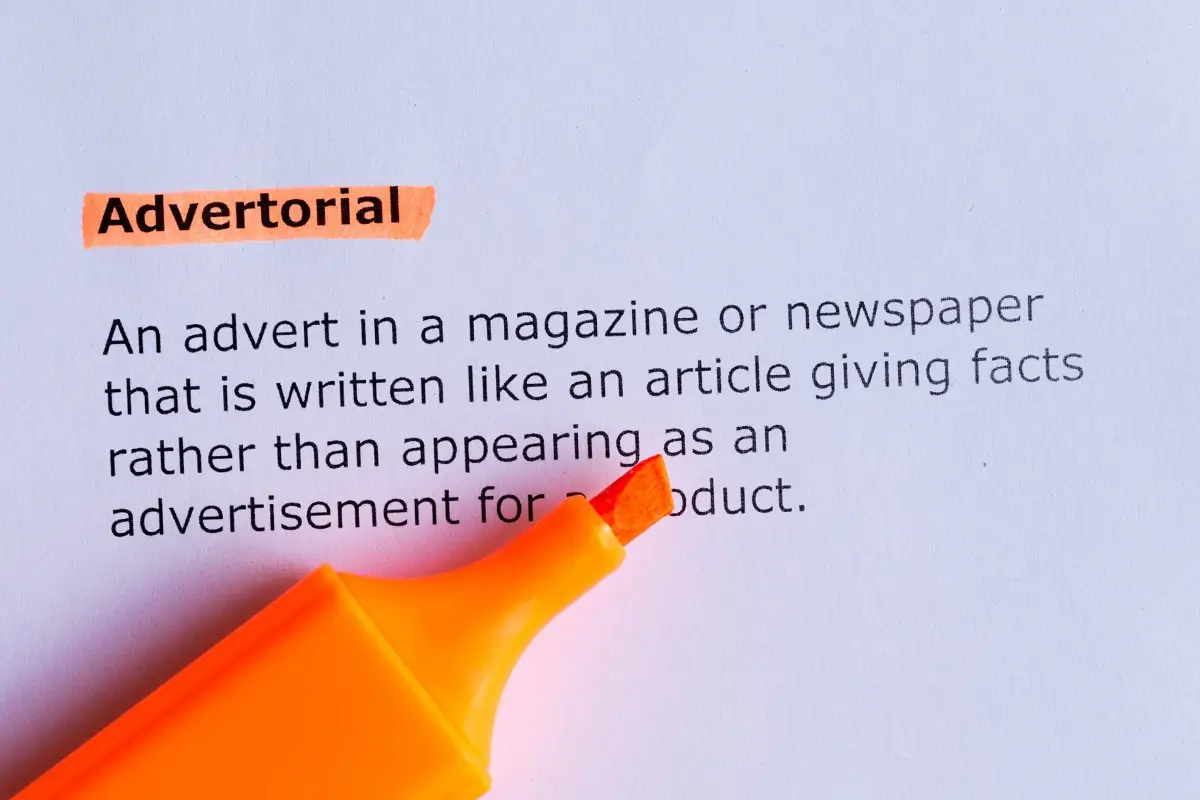
If you haven’t had the opportunity to read Part 1 of this blog, click here to get up to speed.
Sales letters are the cupid arrows in business, rebels of marketing writing and champions of sales. When sales letters are precisely targeted as part of direct mail advertising, they pierce through the noise and ignite enduring relationships between tech firms and their clients. As a professional copywriter who doesn’t succumb to fads, I can say with confidence that the classics like these never go out of style.
Plus, I have the stats to prove it. The global direct mail advertising market size was expected to reach $76.95 billion in 2023 from $74.65 billion in the previous year, according to The Business Research Company. If that isn’t convincing enough, the market size of global direct mail advertising is expected to grow to a whopping $84.72 billion in 2027.
And yet, sales letters remain vastly underutilized because tech firms tend to channel their focus on digital marketing tools. Email marketing and online advertising can reach broader audiences instantly and facilitate quick interactions and transactions. Sales letters, on the other hand, are traditional, tangible documents that rely on a more personal, physical touch to engage recipients. As such, they carry a stigma of being outdated and less measurable. In the era of digital marketing that offers the advantage of non-intrusive engagements, sales letters may be perceived as the unexpected party crashers.
Obsolete or overlooked? Myths about direct mail advertising
I’ve seen tech professionals often dismiss the idea of a direct mail campaign, citing the costs of printing, postage and handling. There’s a perception in the business world that direct mail advertising is expensive, but that argument doesn’t stack up. A quick scan of digital marketing packages reveals that it would be nearly impossible to get digital marketing services for under several thousands of dollars a month. Contrast that with a direct mail advertising campaign that usually involves mailing to a smaller segment first to test the effectiveness before scaling up. Tech firms that target specific niches stand to gain by reaching out to prospects with a tangible, personalized touch. This is especially true for tech firms that offer premium and high-value B2B services such as:
- Enterprise software solutions
- Fintech solution
- Cybersecurity services
- Cloud computing infrastructure
- Consulting services
- Healthcare IT solutions
- Aerospace and defense technology
- Supply management solutions
- Energy management technology
Sales letters are also the gold standard when aiming to reach C-level executives and other high-profile decision makers.

The second reason tech firms avoid launching direct mail advertising campaigns appears to be the shortage of robust tracking and analytics capabilities so organizations have no real-time data on tracking reader engagement. Nevertheless, it’s still easy to gauge the success of a direct mail advertising campaign – you either snap up clients or you don’t. My own personal take is that the biggest reason tech firms don’t embark on direct mail advertising is the ingrained bias associated with traditional mail. Marketing managers tend to cast off direct mail advertising is archaic and inefficient while others believe it’s less environmentally friendly or even less targeted than a digital marketing campaign.
Sales letters: You pick the clients, not the other way around
People who nurture prejudice about sales letters overlook a number of unique advantages of direct mail advertising such as:
- Physical tangibility that’s potentially memorable.
- Possibility for higher customer engagement due to less competition.
- Ability to stand out in a predominantly digital landscape.
With a digital marketing campaign, you’re letting algorithms play dice with destiny because digital channels lead to a dispersed and diluted reach. These tools enable precision targeting but it’s still challenging to reach a concentrated and impactful audience simply due to the overwhelming quantity and diversity of content. As a result, getting a specific message to stand out and really resonate with decision makers becomes a challenge.
Sales letters, in contrast, put you in the driver’s seat. You dictate precisely who’s on the receiving end of your message and, consequently, who becomes your client. Picking the right clients is crucial for your business’s success, even when it feels wild to turn some away. After all, you’re not a bus, no everyone needs to get on. A compelling sales letter is like a strategic filter. It draws in the clients who truly fit your business and makes it easier to focus on those valuable connections.
To elevate this connection, leverage your strategic advantage and address individuals by name to recognize their company’s distinct history. This is your strategic advantage. When marketing writing resonates, you reach prospects with a personalized touch that slices through the digital clutter. Nowadays, this is more crucial than ever, with more companies churning out bland, AI-generated drivel. Anytime you communicate with purpose you foster a deeper connection that automatically sets you apart from the competition.
The sales letter challenge: You can’t microwave results
Compared to a more agile digital marketing strategy, adapting and optimizing a direct mail advertising campaign takes more careful analysis and adjustments that can be time-consuming. You may have to monitor response rates through unique QR codes, personalized URLs or dedicated phone numbers and track conversion rates by analyzing post-campaign sales. Your direct mail advertising campaign may yield different results across different audience segments which will demand that you evaluate the effectiveness of responses within each segment. Then there are the timing considerations and impact on response rates, as well as evaluating the messaging and design to identify what resonates best with your prospects. All this demands meticulous analysis that may be more challenging to digitize.
It also requires designing and printing materials and compiling mailing lists. I’ll be blunt here – results aren’t immediate. The extended delivery times that are inherent in traditional mail can delay feedback and conversions. There’s no doubt about it – writing sales letters as part of a broader direct mail advertising campaign is a complex, long-term endeavor. You can’t take shortcuts to microwave results. Sales letters with marketing writing sass are like a slow-cooked masterpiece that’s worth the wait for that irresistible flavor of success.
How to write sales letters? Keep your ego at the door
The crux of writing a good sales letter lies in ignoring all the clichés that persist in business writing. Tech firms tend to zero in their attention on their own perspective rather than their prospects’. They also tend to employ excessive jargon and unnecessary complexity in their messaging, while overemphasizing self-promotion instead of addressing customer pain points. When you throw in a lack of creativity, limited resources and inadequate alignment with the brand’s values and mission statement. You get a perfect concoction for bland messaging that’s quickly forgotten. The content of the letter needs to be compelling, concise. And persuasive which can be challenging for tech firms that don’t understand their target audience’s needs and preferences.
So how do you downplay self-promotion and keep your ego in check when constructing a sales letter? By remembering that sales letters:
- Are the most difficult form of marketing communication due to the seller-prospect power imbalance.
- Aim to persuade prospects to change behavior, adopt new processes and part with resources (money).
- Demand that you position yourself as an expert.
- Require you to step into the shoes of your reader/prospect.
- Are always about the prospects – you stay in the background.
Sales letter example: Deconstructing page 1, paragraph by paragraph
Writing for influence and desired outcome requires you to remain positive while showcasing a deep grasp of your prospect’s business model and role within the organization. Here’s where the grit of marketing writing kicks in. With the first page of your sales letter, your goal is to establish a connection with your prospect and demonstrate the value of your service offering for the prospect’s business. You can do this by introducing yourself, expressing interest in collaborating based on the prospect’s industry track record. Provide a supporting statistic while showing your understanding of and enthusiasm for the prospect’s future plans. Towards the end of the first page, you should highlight mutual compatibility and illustrate how your services can contribute to achieving the prospect’s goals.
Before we dive into the anatomy of my sales letter sample. Here are a few guidelines to help you navigate the marketing writing process:
- Stay upbeat.
- Flatter a bit (it can get you places).
- Illustrate how you can help.
- Mention yourself, including your credentials, towards the end.
- End with a call to action.
Let’s look at how you can whip these ingredients together in a sparkly sales letter sample that wins clients:
- Personalize the letter and introduce yourself.
Dear Joan, As a solutions architect, I’m impressed with the scope of your innovative projects and the strides your company is making in the sector. - Indicate why you want to work with them by mentioning their track record.
Your industry standing is the most influential entry point for your prospects because the results speak for themselves – ACME Enterprises is trusted by countless organizations seeking superior tools in order to boost efficiency and drive growth. - Showcase your knowledge of the context they operate in.
According to ABC Research, organizations leveraging advanced solutions and strategic architecture, similar to ACME Enterprises, experience a 25% increase in operational efficiency and a 20% boost in overall growth, outperforming their competitors in the dynamic market landscape.
This puts you in an ideal position to continue empowering clients, guiding them through the ever-evolving tech environment. By driving seamless integration and optimizing their digital infrastructure, you’re setting them up for unparalleled efficiency and sustained growth. - Demonstrate that you understand their future plans.
Plus, your plan to expand to the EMEA market and hire 300 people by the end of this year will greatly enhance your capabilities and enable you to continue to bring the company into the cybersecurity fold. - Explain why you’d be a good fit.
Your commitment to excellence aligns seamlessly with our mission to provide cutting-edge solutions that propel businesses to new heights. - Illustrate how your services can help them achieve their goals.
With so much room for growth, I’d love to partner up and help ensure that your infrastructure is not just robust but a catalyst for expanding to new markets.
Sales letter example: Deconstructing page 2
You may opt to condense your sales letter to a single page. Most tech firms, however, experiment with different formats to see what works best for their organization and their prospects. By the time your reader gets to the second page. They’ve already connected with your and they’re ready to hear more. The transition between the first and the second page is your chance to cement your understanding of the bigger context that your prospects operate in and tell them more about yourself. In the end, the call to action is crucial because it wipes out decision paralysis and directs your prospects toward a clear, decisive next step.
Cost efficiency vs. innovation: The bigger picture
Fewer and fewer organizations today are willing to pay for products and services they can’t use to generate profit. From lean procurement to prudish vendor evaluation, corporate spending is scrutinized in an increasingly granular way.
As enterprises seek to minimize waste, enterprises are faced with the growing challenge of balancing cost efficiency with the imperative to innovate.
So what does this mean for your organization?
It means that you must make strategic decisions that discern between essential investments that drive profitability and extraneous costs that offer minimal returns.
It also means that you must adopt agile procurement strategies. While fostering partnerships with vendors who not only align with your cost effectiveness goals. But also contribute proactively to your objectives.
My name is John Smith and I represent Quantum Frame Architects. We provide architecture solutions to enterprises looking to enhance their digital infrastructure, streamline processes. And fortify their technological foundation for sustainable growth in the dynamic business landscape.
And we love working with enterprises like ACME Enterprises.
Since our founding in 2010, we’ve earned the trust of Company A, Company B and Company C, among many others.
I invite you to visit our website, company website, to learn more about us. You may also read our eBook “Revolutionizing Enterprise Architecture: Strategies for Seamless Integration and Sustainable Growth” available for download on our website.
Or call me directly at 416 847 5555.
I look forward to hearing from you soon and the possibility of building a relationship with ACME Enterprises.
Kind regards,
John Smith
And voila! Just follow this template for your upcoming direct mail advertising campaign and witness the impact. You may not include every paragraph that I listed here and that’s totally fine. Feel free to customize it as you see fit. Mastering the marketing material that is the sales letter is like learning to ride a bike. Soon, you’ll be able to recite it in your sleep. The format is the secret sauce – just insert fresh research and, Abracadabra, you’re done. Because if everyone had to write each letter from scratch no one would do this – including me!
Final thoughts: Sales letters hold irresistible sway in modern marketing
Unfairly brushed off due to cost concerns, sales letters forge lasting connections between tech firms and clients. This especially true for premium B2B services where harnessing a personalized touch can really stand out and enhance the impact of sales pitches.
When crafting sales letters, marketing writing becomes essential, as writers must navigate the seller-prospect power imbalance. They must remain humble by whispering their achievements while shouting their efforts. With limited creativity, resources and misalignment with brand values, this can be difficult to achieve. You can easily overcome this challenge by remembering that crafting persuasive, concise content always starts with identifying the audience’s needs.
How to write a sales letter: Consider using the first page of your sales letter to:
- Personalize communication
- Highlight your prospect’s industry standing
- Showcase relevant knowledge and understanding of future plans
- Emphasize mutual fit, and
- Illustrate how your services contribute to your prospect’s organizational goals
The second page is your opportunity to cement the connection with your prospect further by displaying even greater understanding of the wider landscape and challenges that they must navigate. This is where marketing writing kicks in, slicing through the noise and delivering value that actually resonates. In closing, don’t forget the call to action: invite your reader to engage with you through your website, longer blog piece, eBook or direct contact.
And ta-da! Your customizable sales letter template for an impactful direct mail advertising campaign is ready for deployment. Bringing a personal touch to your outreach and laying the foundation for meaningful connections with your prospects.
If this struck a chord, sign up for my newsletter and get exclusive insights and tips that will transform your approach to marketing writing. Discover how to create a direct mail advertising campaign that yields results and grows your business.






